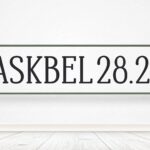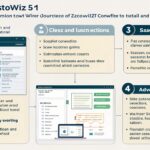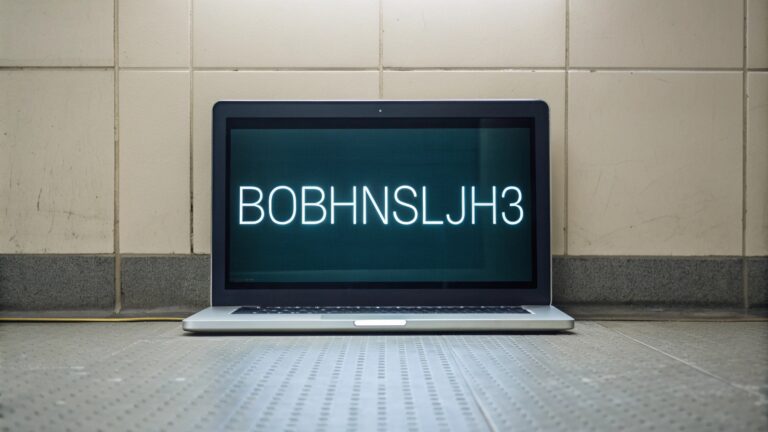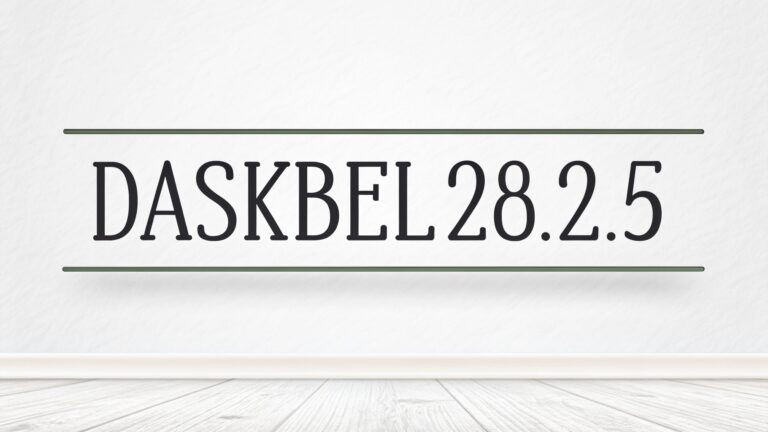Eustachian Tube Dysfunction (ETD) affects how your ears balance pressure and drain fluid. For people with this condition, loud noises and vibrations can cause discomfort or worsen symptoms.
One common concern is whether it’s safe to use power tools like leaf blowers. Leaf blowers produce intense sound and air pressure, which may impact sensitive ears.
This makes it important to understand the risks before using one. In this article, we’ll explore how ETD and leaf blower use are connected and what precautions you can take.
What Is Eustachian Tube Dysfunction?
Eustachian Tube Dysfunction is a condition in which the Eustachian tubes—small passages connecting the middle ear to the back of the nose and upper throat—do not open or close properly. These tubes help regulate air pressure in the ear, drain fluids, and allow for proper hearing.
When the tubes don’t function correctly, it can result in:
- Ear pain or pressure
- Muffled hearing
- Ringing in the ears (tinnitus)
- A feeling of fullness or “blocked” ears
- Balance issues or dizziness
Common causes of ETD include:
- Allergies
- Sinus infections
- Common colds
- Rapid altitude changes (like during flights or driving in the mountains)
- Structural abnormalities
Understanding the Risks of Using a Leaf Blower with ETD
Leaf blowers are noisy, high-powered tools that create a lot of sound and sometimes air pressure. Using them while dealing with Eustachian Tube Dysfunction can introduce several concerns.
1. Loud Noise and Ear Damage
Leaf blowers typically operate at 90–110 decibels. Exposure to sounds over 85 decibels for extended periods can damage hearing. For someone with ETD, whose ears are already sensitive or inflamed, this exposure can worsen symptoms like:
- Tinnitus (ringing)
- Temporary or permanent hearing loss
- Increased pressure and pain
2. Air Pressure Sensitivity
Although the air pressure from a leaf blower is external, some people with ETD may feel discomfort due to vibrations or slight pressure changes. These sensations can irritate the middle ear and exacerbate ETD symptoms.
3. Vibration and Movement
Holding a heavy, vibrating machine near your head can cause your Eustachian tubes to feel more blocked or inflamed. If you’re already feeling pressure in your ears, this could worsen the situation.
Is It Safe to Use a Leaf Blower with ETD?
The answer depends on the severity of your ETD and how well you manage it. Here’s a breakdown:
Mild ETD
If your symptoms are mild, such as slight fullness or occasional discomfort, you may be able to use a leaf blower safely by taking precautions.
What You Can Do:
- Wear noise-canceling earmuffs or earplugs.
- Take breaks often to minimize exposure.
- Keep the leaf blower directed away from your head and ears.
Moderate to Severe ETD
If you have significant ear pain, frequent blockages, or dizziness, it’s better to avoid noisy tools like leaf blowers until symptoms improve.
Why You Should Avoid It?
- High noise can worsen your symptoms or cause hearing damage.
- Vibration may increase inflammation.
- Pressure changes might aggravate the middle ear.
Tips for Using a Leaf Blower Safely (If You Must)
If you decide to use a leaf blower despite having ETD, follow these safety tips:
- Wear Hearing Protection
Use over-the-ear noise-canceling headphones or industrial-grade earmuffs. Foam earplugs are better than nothing, but earmuffs offer superior protection. - Limit Usage Time
Don’t use the leaf blower for more than 15–20 minutes at a time. Take frequent breaks to give your ears a rest. - Stand Downwind
Stay downwind to avoid air blowing back at you, which can affect air pressure near your ears. - Use Electric Instead of Gas-Powered Blowers
Electric leaf blowers tend to be quieter and lighter, making them a better choice for those with ear sensitivity. - Treat Your ETD First
Use decongestants, nasal sprays, or allergy medication as directed by your doctor before engaging in noisy tasks.
Alternatives to Leaf Blowers for People with ETD
If you’re concerned about worsening your ETD, consider these quieter alternatives:
- Rake and broom – Silent and ear-friendly.
- Electric leaf vacuum – Quieter than blowers and often gentler.
- Battery-powered blower – Produces less noise than gas-powered ones.
- Hiring yard work help – A practical solution for those with severe ear sensitivity.
When to See a Doctor?
If you notice any of the following while or after using a leaf blower, stop immediately and consult a doctor:
- Sudden hearing loss
- Severe ear pain or pressure
- Prolonged dizziness
- Intense ringing or buzzing in the ears
FAQs
1. What decibel level is dangerous for people with ETD?
Anything above 85 decibels can be harmful, especially for people with ETD. Leaf blowers often exceed this threshold.
2. Can earplugs fully protect my ears while using a leaf blower?
Foam earplugs reduce noise by 15–30 decibels, but earmuffs provide better overall protection.
3. Is it better to use a rake instead of a leaf blower if I have ETD?
Yes, raking is quieter and gentler on your ears, making it a safer option for those with ETD.
4. Can vibration from a leaf blower affect my ETD?
Yes, prolonged vibration may worsen inflammation or discomfort in your Eustachian tubes.
5. What are signs that I should avoid using a leaf blower altogether?
Severe ear pain, dizziness, blocked ears, or previous damage to the middle ear are strong signs to avoid using one.
6. Can using a leaf blower cause permanent hearing damage with ETD?
Repeated exposure to high noise levels, especially with compromised Eustachian tubes, can result in permanent hearing issues.
7. Should I consult an ENT specialist before using loud equipment?
Yes, if you suffer from chronic ETD, a specialist can advise on your specific risks and needs.
8. Do electric leaf blowers cause less pressure than gas ones?
Yes, electric models are quieter and usually generate less forceful air, making them more ETD-friendly.
9. Can children with ETD use or be around leaf blowers?
No. Children’s ears are more sensitive, and ETD can be worsened by loud noise exposure.
10. Can ETD go away on its own, making leaf blower use safer later?
Yes, many cases of ETD are temporary and resolve with time or treatment, allowing safe use of tools later.
Conclusion
Using a leaf blower with Eustachian Tube Dysfunction isn’t entirely off-limits, but it comes with real risks.
Depending on the severity of your symptoms, it may be safe with precautions—or it may be better to avoid altogether.
If you must use one, invest in quality hearing protection, limit usage time, and be mindful of your body’s signals. When in doubt, consult a healthcare provider to make the best decision for your ear health.



















+ There are no comments
Add yours